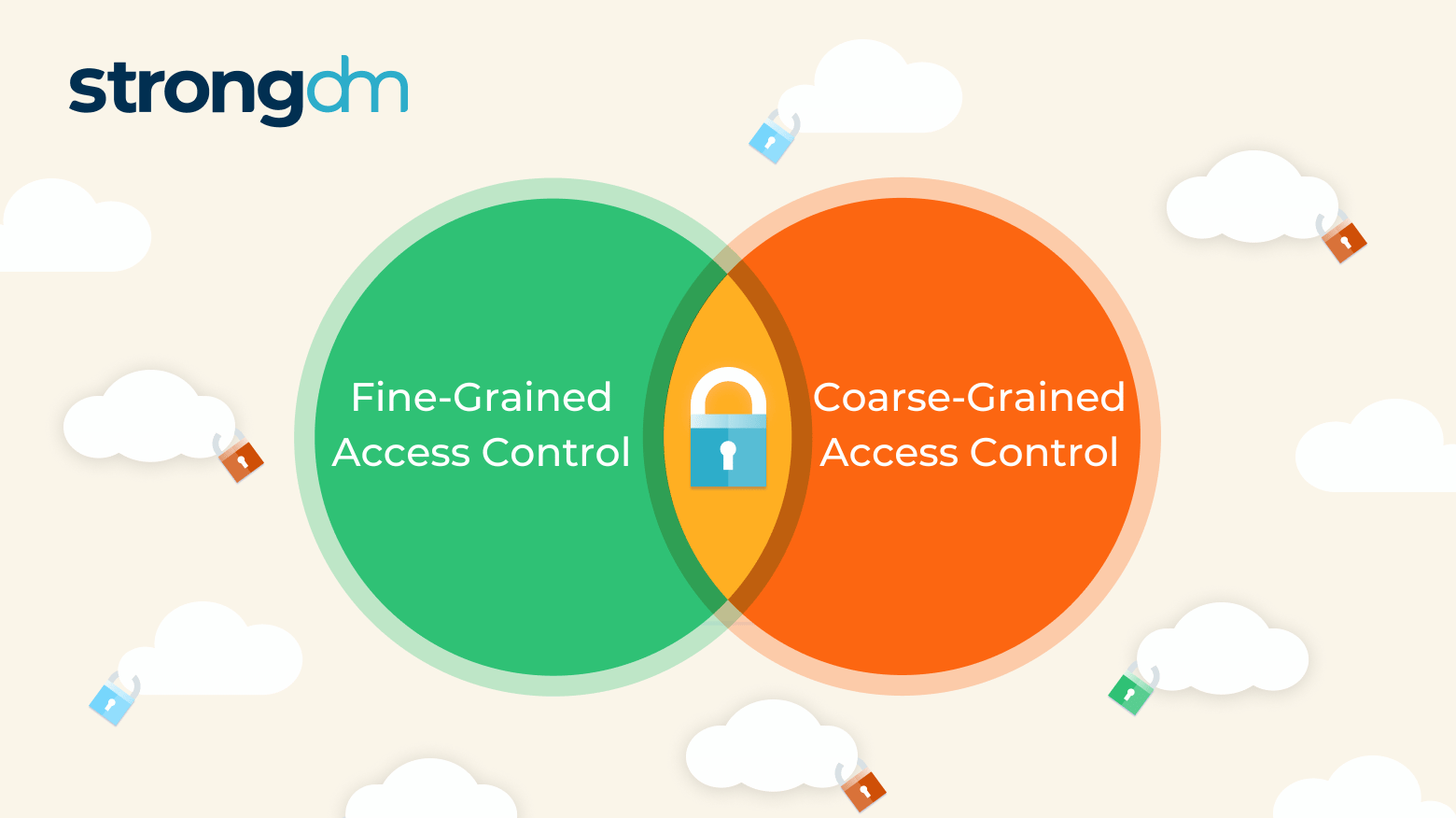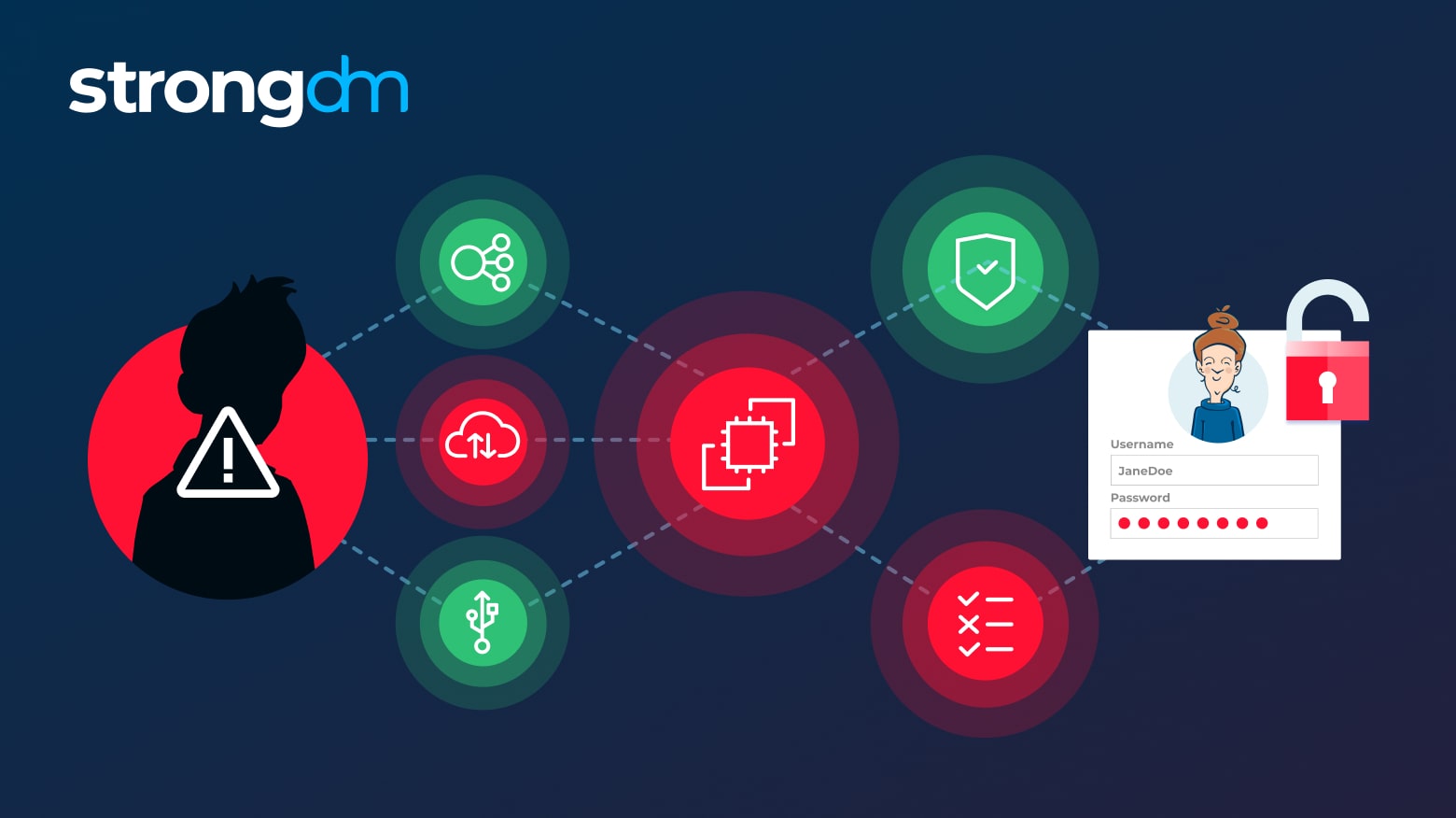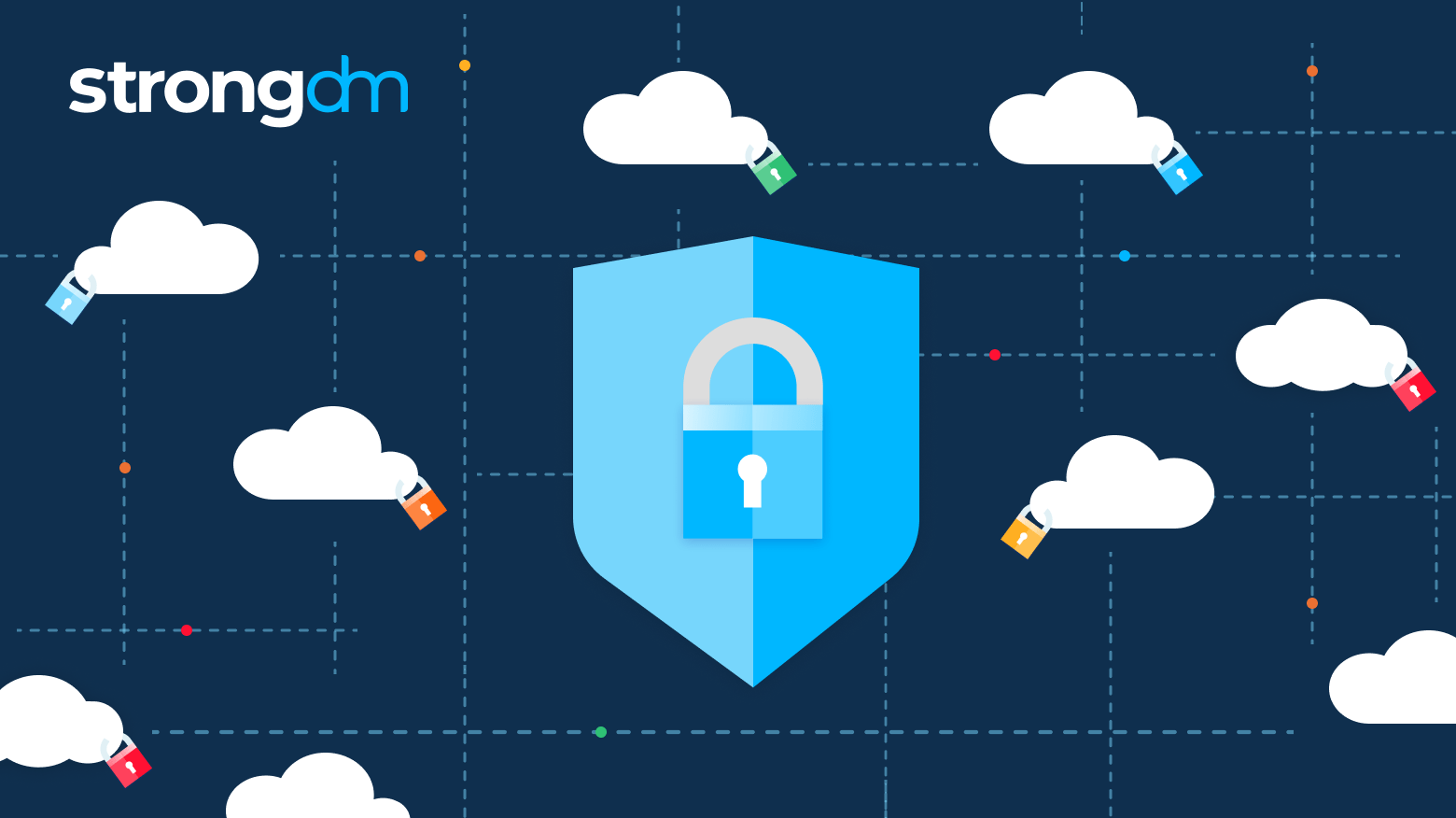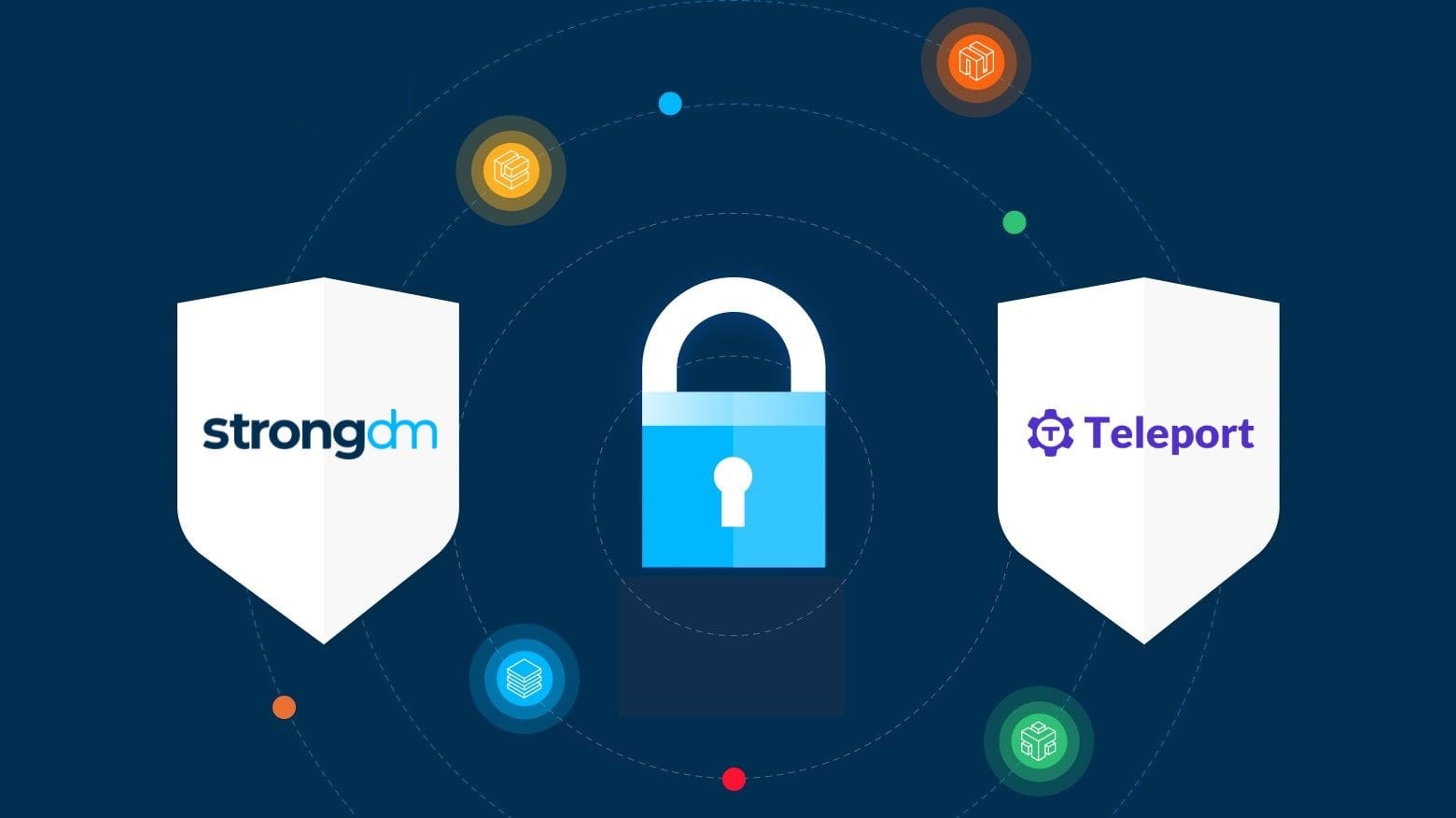
Latest blog posts from Fazila

As the autumn leaves fall and Halloween costumes are tucked away, it's time to share product updates before we gather around the Thanksgiving table. This month, StrongDM dives into the passwordless future using cloud-native authentication to meet modern infrastructure demands. Also coming soon, keep an eye out for Device Trust: A new feature that adds critical context to your access connections and narrows the aperture for risk. Read the details below.

If credentials fall into the wrong hands, intruders may enter a network and launch a disastrous attack. In fact, 46% of cybersecurity incidents involve authentication credentials, according to the Verizon 2022 Data Breach Investigations Report. Organizations have two general ways to determine someone’s access rights once past initial authentication: Coarse-grained access control (CGAC), which relies on a single factor, and fine-grained access control (FGAC), which relies on multiple factors.

Spring has sprung and the audits will come. How efficient are you at audit preparation? At StrongDM we reduce the administrative load and help customers get answers to the questions they need to reach regulatory compliance for internal and external audits.

Both StrongDM and CyberArk are privileged access management solutions to provide secure access to backend infrastructure. While there are many similarities between the two solutions, there are also some key differences.

Spring has sprung and the audits will come. How efficient are you at audit preparation? At StrongDM we reduce the administrative load and help customers get answers to the questions they need to reach regulatory compliance for internal and external audits.

Identity management (IAM) and privileged access management (PAM) are crucial tools for your cybersecurity. But both need to be approached with the best practices that: 1. Keep threats away; 2. Don’t interrupt or ruin customer experiences or production. In this article, we will go over the risks of ...

Spring has sprung and the audits will come. How efficient are you at audit preparation? At StrongDM we reduce the administrative load and help customers get answers to the questions they need to reach regulatory compliance for internal and external audits.

Identity and access management (IAM) and privileged access management (PAM) are critical security tools for modern organizations. However, they can sometimes bar users from accessing critical systems and services, potentially impacting production, customer experience, and cybersecurity. In urgent cases, a method of bypassing normal security controls to regain access—called “break glass”—is needed. In this post, we’ll walk you through the break-glass process—what it is, why it’s important, and

Spring has sprung and the audits will come. How efficient are you at audit preparation? At StrongDM we reduce the administrative load and help customers get answers to the questions they need to reach regulatory compliance for internal and external audits.

Spring has sprung and the audits will come. How efficient are you at audit preparation? At StrongDM we reduce the administrative load and help customers get answers to the questions they need to reach regulatory compliance for internal and external audits.

Spring has sprung and the audits will come. How efficient are you at audit preparation? At StrongDM we reduce the administrative load and help customers get answers to the questions they need to reach regulatory compliance for internal and external audits.

Both StrongDM and Teleport are access control solutions designed to provide secure access to databases, servers, clusters, and web apps. While there are some similarities between the two solutions, there are also some key differences.

Increase admin productivity with added insights, plus – more secret store integrations. New this month at StrongDM.


